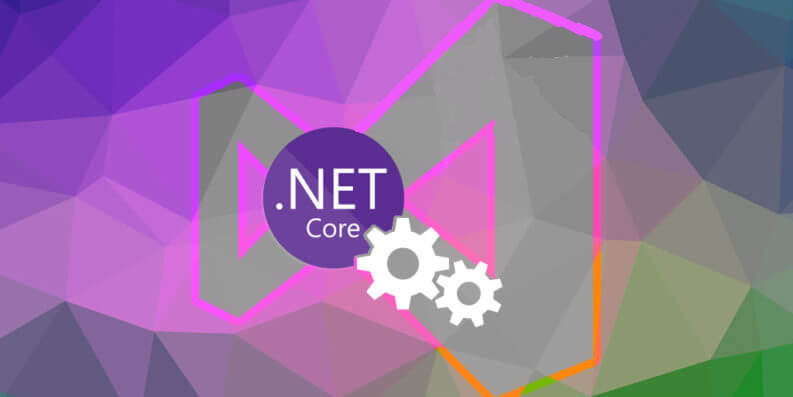C# .NET 中异常处理的最佳实践

异常处理是在 C# .NET 中构建可靠应用程序的一个重要方面。正确管理异常可确保应用程序更具弹性、可维护性,并提供更好的用户体验。下面是在 C# .NET 中处理异常时要遵循的一些最佳实践。
1. 了解异常层次结构
在 C# 中,异常由类及其派生类表示。了解异常的层次结构至关重要:Exception
- System.Exception:所有异常的基类。
- System.SystemException:与系统相关的异常的基类。
- System.ApplicationException:与应用程序相关的异常的基类。
熟悉常见异常(如 、 、 等),以便有效地处理它们。ArgumentNullExceptionInvalidOperationExceptionFileNotFoundException
2. 使用特定的异常类型
始终捕获特定的异常,而不是基类。这种做法有助于准确识别问题并应用适当的处理机制。Exception
try
{
// Code that may throw an exception
}
catch (ArgumentNullException ex)
{
// Handle ArgumentNullException
}
catch (FileNotFoundException ex)
{
// Handle FileNotFoundException
}
catch (Exception ex)
{
// Handle all other exceptions
throw;
}
3. 避免吞咽异常
通过使用空的 catch 块吞咽异常可能会使调试变得困难并掩盖根本问题。始终提供有意义的处理逻辑或重新引发异常。
try
{
// Code that may throw an exception
}
catch (Exception ex)
{
// Log the exception or take necessary action
throw;
}
4. 使用 finally 块进行清理
finally 块用于执行代码,无论是否抛出异常。它是清理文件句柄、数据库连接等资源的理想选择。
FileStream file = null;
try
{
file = new FileStream("path/to/file", FileMode.Open);
// Read or write to the file
}
catch (IOException ex)
{
// Handle IO exceptions
}
finally
{
if (file != null)
{
file.Close();
}
}
5. 对特定于应用程序的错误
使用自定义异常 为特定于应用程序的错误创建自定义异常类。这种做法提供了清晰度,并有助于区分不同的错误类型。
public class CustomException : Exception
{
public CustomException(string message) : base(message)
{
}
}
try
{
// Code that may throw a custom exception
}
catch (CustomException ex)
{
// Handle custom exceptions
}
6. 记录异常
记录异常对于诊断生产环境中的问题至关重要。使用 NLog、Serilog 或内置的 Microsoft.Extensions.Logging 等日志记录框架。
try
{
// Code that may throw an exception
}
catch (Exception ex)
{
// Log the exception
logger.LogError(ex, "An error occurred");
throw;
}
7. 避免对控制流
使用异常 不应使用异常来控制应用程序逻辑。它们适用于特殊情况,而不是常规的应用流程。
// Avoid this
try
{
// Code to check a condition
throw new Exception("Condition not met");
}
catch (Exception ex)
{
// Handle the condition
}
// Prefer this
if (!conditionMet)
{
// Handle the condition
}
8. 正确重新抛出异常 重新抛出异常
时,请使用 throw 关键字而不指定异常变量,以保留原始堆栈跟踪。
try
{
// Code that may throw an exception
}
catch (Exception ex)
{
// Handle exception
throw; // Correct way to rethrow
}
9. 在 C# 6 及更高版本
中使用异常过滤器 异常过滤器允许您有条件地处理异常。此功能增强了可读性,并保持了逻辑的清晰分离。
try
{
// Code that may throw an exception
}
catch (Exception ex) when (ex is IOException || ex is UnauthorizedAccessException)
{
// Handle specific exceptions conditionally
}
10. 处理聚合异常
在处理任务和并行编程时,处理 AggregateException 以管理多个异常。
try
{
// Code that may throw multiple exceptions
Task.WaitAll(tasks);
}
catch (AggregateException aggEx)
{
foreach (var ex in aggEx.InnerExceptions)
{
// Handle each inner exception
}
}
结论
在 C# .NET 中有效的异常处理对于构建健壮、可维护和用户友好的应用程序至关重要。通过遵循这些最佳实践,您可以确保应用程序能够正常处理错误,并向用户和开发人员提供有意义的反馈。请记住,目标不仅是捕获异常,而且是以保持应用程序稳定性和清晰度的方式管理异常。